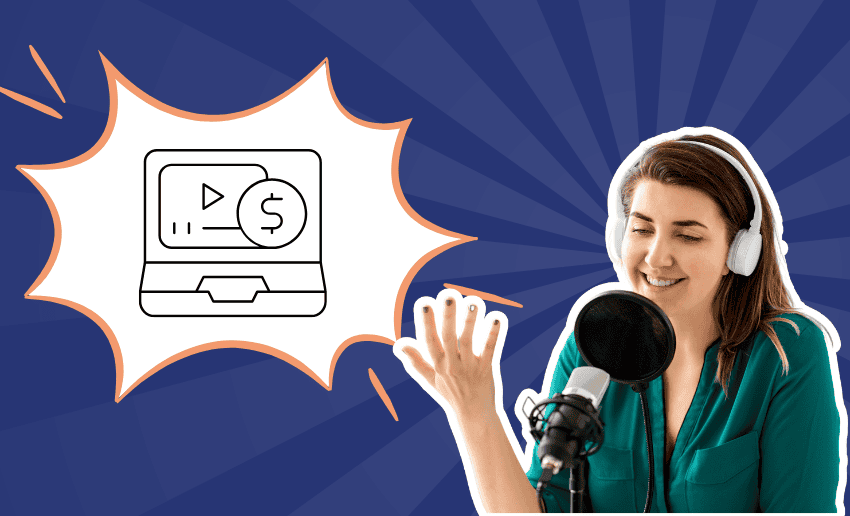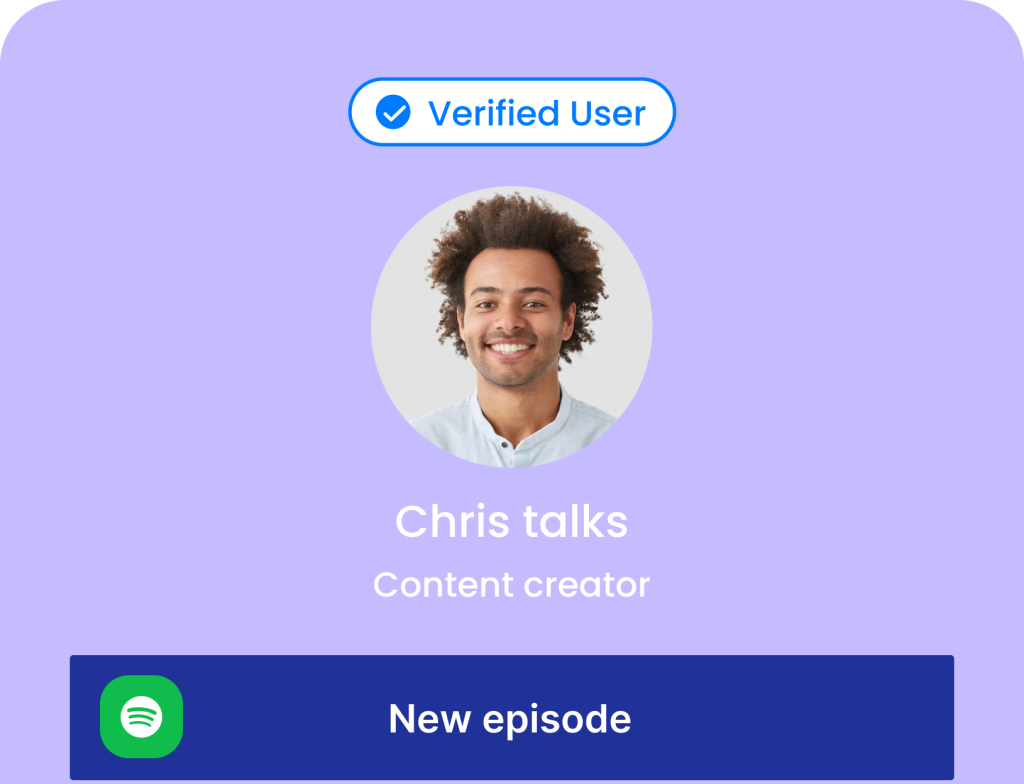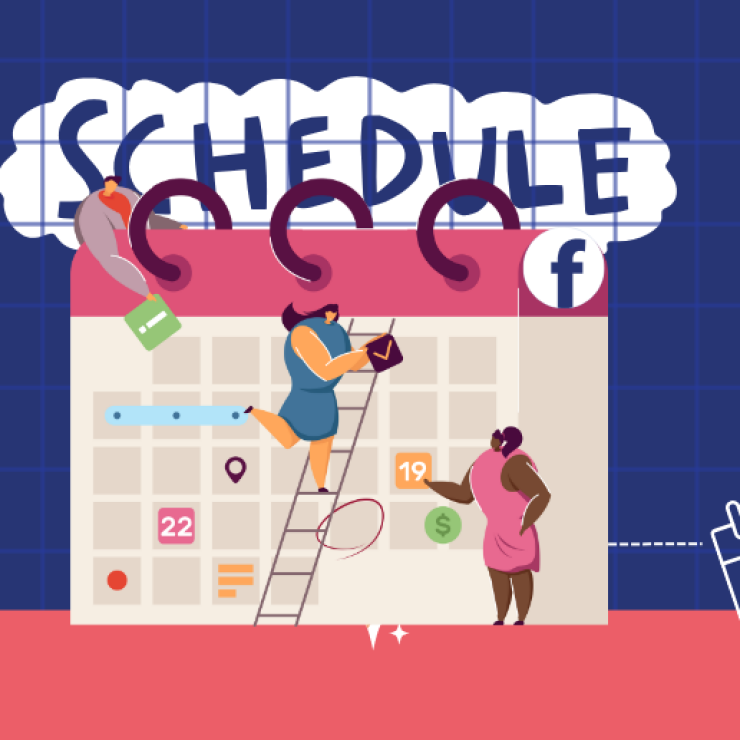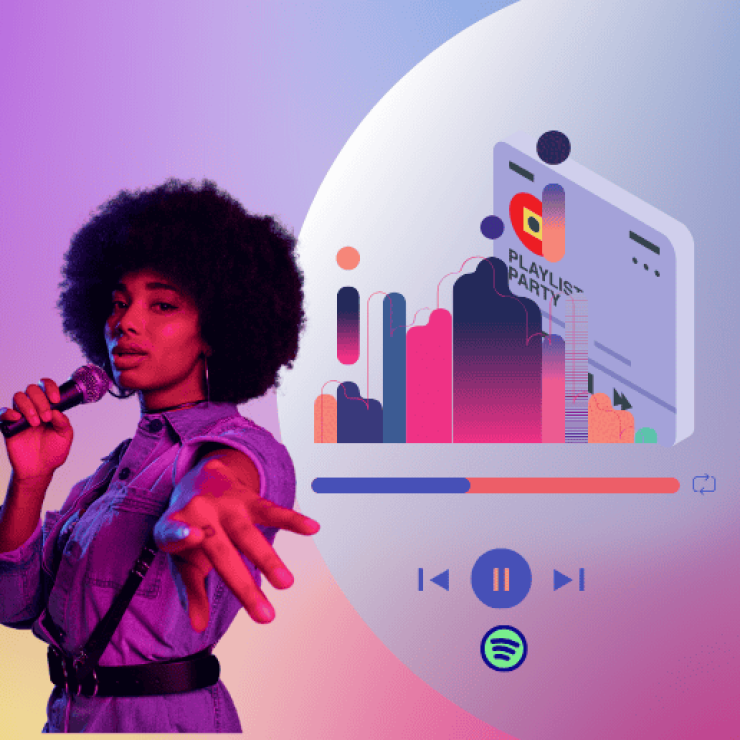Reused content is a hot topic on YouTube, especially for creators looking to maximize their reach without starting entirely from scratch. It refers to content that has been repurposed or re-edited from existing materials, either from YouTube or other sources online. While it offers great opportunities to engage audiences and grow channels, navigating YouTube’s policies on reused content can be tricky.
YouTube’s Partner Program (YPP) has strict guidelines to ensure creators add value and originality to reused content. Adhering to these rules can unlock monetization opportunities, enabling creators to earn from ads, memberships, and more. With the right approach, reused content can be transformed into unique, engaging videos that captivate audiences while meeting YouTube’s standards. This guide will show you how to achieve that balance.
What is reused content on YouTube?
Reused content refers to material that has been repurposed or edited from existing videos without significant original input. According to YouTube’s guidelines, this includes content that is repetitive or intended to circumvent YouTube’s monetization policies by offering minimal educational, transformative, or entertainment value.
Examples of Reused Content
- Compilations or edited clips with minimal or no narrative, such as movies, sports footage, or gameplay.
- Short videos made from content pulled from other social media platforms.
- Collections of songs from various artists, even with their consent.
- Videos uploaded repeatedly by different creators with little to no original commentary or editing.
- Promotion of others’ content, even with permission.
- Downloaded or copied content from external sources without meaningful modifications.
- Videos that rely mainly on non-verbal reactions without any added voice commentary.
Can I monetize reused content on YouTube?
Yes, you can monetize reused content on YouTube, but it must meet certain criteria set by YouTube’s policies. Simply re-uploading or making minimal edits to existing content usually won’t qualify for monetization. To monetize reused content, you must:
1. Add Originality and Value
- Commentary or Analysis: Provide unique insights, commentary, or educational value to the reused content. For example, add personal opinions, tutorials, or reviews.
- Creative Editing: Edit and transform the reused content in a way that adds significant originality, such as mixing clips with your own voiceover, animations, or new perspectives.
2. Follow YouTube’s Policies
- Ensure that the content adheres to YouTube’s community guidelines and monetization policies. Videos should not simply be repurposed without a clear transformation, and they must comply with YouTube’s content standards.
- Avoid Copyright Violations: Ensure that reused content is either original or you have the necessary rights to use it. For example, if you’re using someone else’s footage or music, you must have permission or use royalty-free material.
How to monetize reused content on YouTube
To monetize reused content on YouTube, it must fall within the acceptable rules of the platform’s monetization as well as rules regarding reused content. This means using other creators’ content is acceptable as long as you add original value. Here are a few examples:
- A humorous or insightful remake of content you didn’t produce.
- Clips from other creators included in a detailed review or critique.
- A scene from a film where you rewrite the script and provide your own voiceover.
- Highlights from a sports event with your analysis of the players’ strategies and outcomes.
- Reaction videos where you provide commentary on the original footage.
- Edited clips from other creators where you introduce a new narrative or explanation.
Once a reused content satisfies YouTube’s policies, creators can monetize it with ads or revenue-sharing programs from YPP or use alternative methods such as sponsorships, affiliate marketing, Promoting merchandise or digital products, and brand deals for niche audiences.
What are the risks of uploading reused content on YouTube?
Uploading reused content on YouTube can come with several risks if not edited or transformed in a way that aligns with YouTube’s policies and community standards. Here are the main risks:
1. Monetization denial
YouTube’s monetization policies require content to be original or significantly transformed. Simply re-uploading or making minor edits to existing content without adding substantial value can lead to rejection from the YouTube Partner Program (YPP). This means you won’t be able to monetize your videos through ads, memberships, or other revenue streams.
2. Copyright strikes
If you use copyrighted material without permission or proper licensing, YouTube may issue a copyright strike against your channel. Accumulating three strikes can result in the termination of your channel.
3. Channel demonetization
Reused content that doesn’t comply with YouTube’s guidelines may lead to the demonetization of your channel, even if it was initially accepted for monetization. YouTube actively reviews channels for policy compliance, and frequent violations can result in permanent removal from the Partner Program.
4. Community guidelines violations
YouTube’s guidelines aim to protect creators and users from low-quality or misleading content. Reused videos that don’t add value or that mislead viewers can result in community guideline strikes, which can limit your channel’s reach and visibility.
5. Loss of viewer trust
Viewers may feel that your channel lacks originality or creativity if your content is heavily reused. This could impact your channel’s reputation, engagement rates, and long-term success. Building a loyal audience requires providing unique, entertaining, or educational value.
6. Negative impact on channel growth
YouTube’s algorithm favors content that attracts strong viewer engagement and originality. Reused content that doesn’t offer significant transformation or unique perspectives may not perform well in search results or recommended videos, limiting your channel’s growth potential.
Conclusion
Reused content can be a valuable tool for YouTube creators, offering a way to engage audiences without starting from scratch. However, to truly capitalize on its potential, it’s essential to ensure that the content is transformed in a meaningful way, adding original value, commentary, or educational elements. Adhering to YouTube’s policies is key as originality and compliance with the platform’s guidelines are crucial to successfully monetize reused content.








